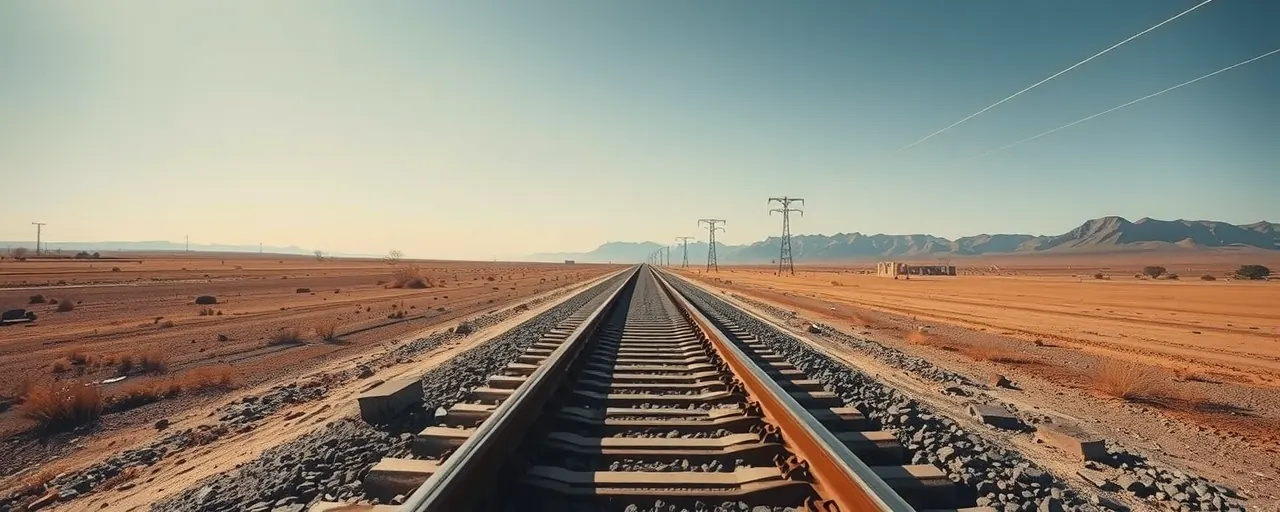A Taxpayer Betrayal Exposed
President Trump’s administration just delivered a long-overdue reality check by refusing to fund California’s Los Angeles-to-San Francisco high-speed rail. This project, sold to voters in 2008 as a $33 billion eco-friendly marvel, has morphed into a $100 billion-plus catastrophe. Construction limps along in the Central Valley, burning through $13 billion with nothing but 171 miles of track to show for it. The decision to pull federal support reflects a commitment to fiscal responsibility, a value Sacramento has abandoned.
California’s High-Speed Rail Authority now faces a quarter-trillion-dollar funding gap, with no bond money left and a mid-2026 deadline looming. New CEO Ian Choudri is pitching private investment with state-backed guarantees, but taxpayers will bear the cost if those deals collapse. Trump’s move forces accountability, rejecting a project that’s been fleecing the public for over a decade.
The Numbers Tell a Grim Story
Since Proposition 1A authorized $9.95 billion in bonds, the rail’s price tag has soared to $128 billion for Phase 1 alone. Land disputes, environmental lawsuits, and engineering missteps have delayed the Merced-to-Bakersfield segment, now slated for 2030 at the earliest. Federal grants, including $3.5 billion from 2009, are at risk, with $4 billion in potential losses if deadlines slip. This isn’t progress; it’s a masterclass in mismanagement.
High-speed rail works in dense, compact nations like Japan, but California’s vast distances and car-reliant culture make ridership projections dubious. Republican lawmakers have demanded audits and pushed to redirect funds to highways and bridges, infrastructure with proven demand. Trump’s 2019 attempt to reclaim $1 billion in grants foreshadowed this stand: taxpayers deserve better than a project that’s tripled in cost with no finish line in sight.
Rail Advocates Miss the Mark
Supporters, led by Democratic lawmakers and environmental groups, claim the rail will cut emissions and create jobs. They tout $32 billion from cap-and-trade and $66 billion from the 2021 infrastructure law. Yet these funds can’t erase the project’s fiscal chaos. Construction jobs are fleeting, and the environmental benefits are dwarfed by the massive carbon footprint of building tracks through sensitive ecosystems.
Public-private partnerships sound appealing, but private investors are wary, seeing a project with unreliable revenue and a track record of failure. The notion that this train will ease highway congestion or compete with airlines ignores reality. Electric vehicles and modern aviation are already reducing emissions without saddling taxpayers with crushing debt.
Real Infrastructure Takes Priority
Trump’s decision redirects focus to infrastructure that delivers. The ASCE reports a $3.6 trillion gap in roads, bridges, and ports, where private capital is already gaining traction in 2024. Texas, which scrapped its high-speed rail in 1994, shows markets can prioritize viable projects without federal bailouts. California’s obsession with a failing train diverts resources from urgent needs like highway repairs.
Unpaid federal funds, like Washington State’s $356.5 million from the 2021 law, highlight how centralized mandates distort local priorities. Republican calls for audits and reallocation to practical projects align with taxpayer interests. The administration’s stance empowers states to invest in infrastructure that serves communities, not bureaucratic agendas.
A Victory for Common Sense
By halting federal funding, President Trump has exposed California’s bullet train as a symbol of government overreach. Its runaway costs and endless delays prove it’s a dream detached from reality. This decision protects taxpayers and demands accountability from a state too eager to spend other people’s money.
The path forward requires discipline. Policymakers must resist pressure from rail enthusiasts and invest in infrastructure that’s practical and sustainable. Voters are fed up with projects that promise the moon but deliver debt. It’s time to fix roads, strengthen bridges, and trust markets to drive innovation. That’s the path to real progress.
